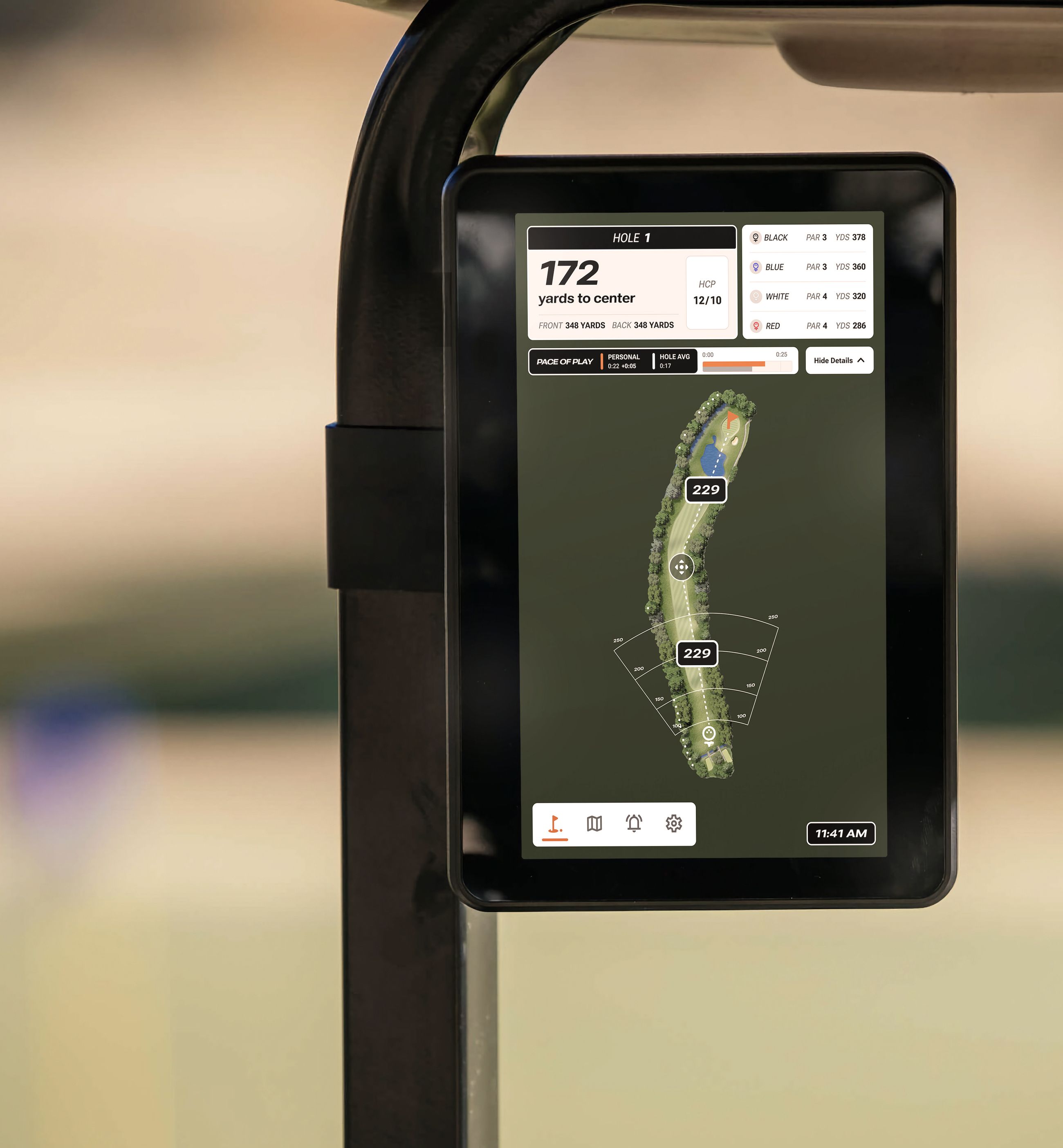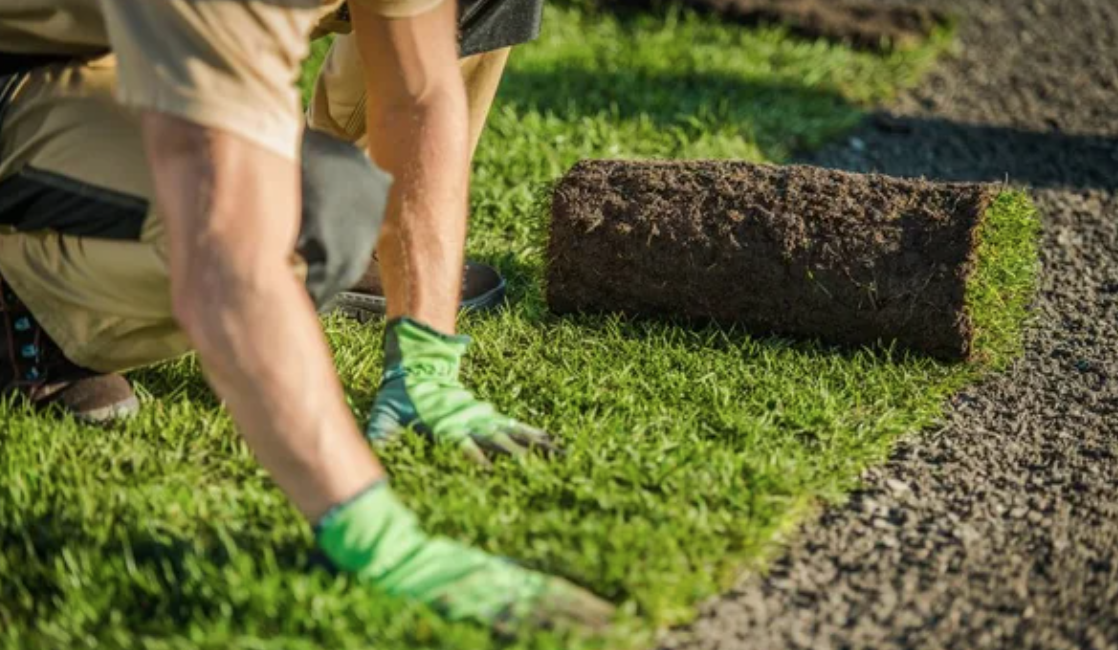Want to know the secret behind lowering your golf scores? It’s not just about perfecting your swing—it’s also about mastering course management in golf. Making smart decisions on the course can change the game. This article cuts straight to the chase, offering 15 proven tips to help you navigate the course with savvy, from essential shot strategies to club selections that could shave strokes off your round. Ready to play smarter?
Key Takeaways
- Effective golf course management involves comprehensively planning each shot, considering factors such as weather conditions, course layout, and desired outcome, as well as integrating technologies like GPS systems and rangefinders to enhance decision making and strategy.
- A golfer’s mental state, including visualization and emotional control, is essential to course management, complementing physical skills and necessitating mental rehearsal and mindfulness during play to improve performance.
- Practicing with a purpose, balancing risk with reward, and selecting the right equipment are all critical strategies in golf course management, allowing a golfer to play to their strengths, manage weaknesses, and navigate the course with an optimal approach.
Mastering the Basics of Golf Course Management

Golf course management extends beyond the physical aspects of swinging the club, necessitating a well-thought-out golf strategy. A good golf course management strategy acknowledges that every hole is a puzzle waiting to be solved, with each shot acting like a piece of the puzzle. Strategic planning involves considering the desired outcome for each hole, thinking ahead about shot placement, and targets.
Understanding Your Environment
Grasping your environment is a key component of course management. This involves being aware of weather conditions, course layout, and potential hazards. Weather conditions, including temperature and altitude, can significantly affect ball travel distance and must be considered when selecting clubs for approach shots. Golf cart GPS systems can even warn players of changing weather conditions, ensuring their safety during long rounds of golf.
In addition, golfers should have situational awareness on the course when they play golf, analyzing factors like the slope of the green, wind direction, and potential hazards before deciding on their shot.
Decision Making and Club Selection
Making strategic decisions in club selection is another fundamental aspect of golf course management. Choosing the correct club for approach shots can save several strokes per round for amateur golfers. This involves selecting a club that targets the widest part of the green rather than aiming directly at the pin, leading to fewer penalties and more consistent success in reaching greens in regulation.
Understanding one’s shot distribution and playing tendencies is also key to refining club selection for effective course management.
The Mental Aspect of Course Management
Physical skill and mental acuity are equally important in golf course management. Being mindful and staying in the moment when making decisions can significantly impact a golfer’s game. A golfer’s attentiveness to each decision, before, during, and after shots, is essential for playing consistent and effective golf.
Moreover, emotions can negatively affect subsequent shots, affecting a golfer’s performance and decision-making on the course. Hence, imagining success in golf stimulates the same areas of the brain as physical action, preparing the mind for actual gameplay.
Enhancing Play with Golf Cart GPS Systems

With the advent of technology, golfers now have access to tools like GPS devices to familiarize themselves with the golf course before the game. Such devices provide accurate yardages, location of key holes, and other important points.
Choosing the Right GPS Device
When selecting a golf GPS device, features like accurate geofencing, player and shot tracking capabilities, and entertainment connectivity should be considered. A good GPS device should also offer the versatility to be transferred between different cart brands, making it a valuable long-term investment when fleets are upgraded.
Also, factors like durability, waterproofing, and long battery life are critical for golfers playing in different weather conditions.
Integrating Technology with Traditional Skills
Incorporating technology like rangefinders with traditional golfing techniques can significantly enhance strategic navigation and course management. Some benefits of using rangefinders include:
- Improving distance control by providing precise yardages to the flag, which is crucial for accurate shot-making
- Helping golfers make more informed decisions on club selection
- Reducing guesswork and increasing confidence in shot execution
By utilizing rangefinders, golfers can improve their overall performance on the course.
Navigating the Course Strategically

GPS devices offer several benefits for golfers, including:
- Providing yardages to the front, middle, and back of the green
- Displaying overhead maps for planning shots
- Offering detailed information on hazard locations and distances
By utilizing GPS devices, golfers can strategically plan their shots and avoid major hazards on the course.
Executing Successful Golf Shots

Executing golf shots successfully is another crucial facet of golf course management. This involves understanding exact yardages to hazards, bunkers, and out-of-bounds areas, which aids golfers in making informed decisions on shot selection.
The Importance of Tee Shot Strategy
The golfer’s game is heavily influenced by the tee shot strategy. Golfers should evaluate factors such as:
- Hole layout
- Entry point to the fairway
- Hazards
- Desired distance off the tee
These factors will help golfers make informed decisions on tee shots.
Approach Shots: Setting Up for Birdie Putts
Setting up for birdie putts involves focusing on club selection, targeting the widest part of the green, and managing risk.
Approach shots encompass a broad category of golf shots that are taken from at least 100 yards away from the hole, but exclude tee shots on Par-4 and Par-5 holes.
Mastering Distance Control
A golfer’s golf game greatly benefits from having mastered distance control. Knowing the distance you hit each club, particularly wedges from 100 yards and in, is key for consistently lower scores.
Strategic Planning for Each Hole

Strategically planning for each hole requires goals to be set realistically, hole difficulty to be analyzed, and challenges to be anticipated. It’s about crafting a strategy for attaining a realistic score on that hole.
Analyzing Hole Difficulty and Layout
Analyzing the hole difficulty and layout involves understanding the hole characteristics, including hazards designed by the architect, which is crucial for making informed decisions on club selection and shot placement.
Anticipating Challenges and Opportunities
Anticipating challenges and opportunities on the golf course involves understanding the location of hazards and the layout of the hole. Planning where to place shots in advance can help golfers minimize risk and maximize scoring opportunities.
Adapting to Unforeseen Circumstances
Unforeseen circumstances are a part of every game, and golf is no exception. Golfers need to remain adaptable, ready to change their club selection or overall strategy in response to unique challenges encountered during each shot.
Improving Your Short Game Through Course Management

Improvement in your short game through course management requires proficiency in chipping, pitching, and putting techniques, while sidestepping common errors. Visualizing a landing spot and the roll of the golf ball towards the hole when chipping and pitching can help golfers aim to hole simple chips with a precise target around the hole.
The Art of Chipping and Pitching
The art of chipping and pitching involves practicing various chip and pitch shots to improve control and accuracy around the green. It is critical for golfers to understand the differences between chipping and pitching, as each requires specific execution techniques.
Putting with Precision
Putting with precision requires a consistent setup, proper alignment of shoulders, and a stroke path that enhances precision in putting. Striking the center of the putter face is crucial for maintaining consistent distance, as it prevents the club face from twisting at impact.
Avoiding Common Mistakes Around the Green
Avoiding common mistakes around the green involves choosing strategic shots and club selection, which is a part of a great golf strategy. For instance, choosing to putt with a putter from off the green in drier conditions can be more advantageous than using a wedge, as it helps to better manage the speed and stop of the ball.
Practice Techniques for Better Course Management
Better course management through practice techniques requires confidence-building with each club, frequent yardage updates, and focus on improvement areas. By following these course management tips, you can enhance your overall performance on the golf course.
Building confidence with each club is achieved by taking note of yardages with each club and dedicating practice time to them.
Simulating Course Conditions at the Driving Range
Simulating course conditions at the driving range involves pretending there is a fairway between two targets and aiming to hit at least five consecutive shots within this area.
Incorporating Mental Rehearsal in Practice
Incorporating mental rehearsal in practice involves visualizing an action, such as a golf swing, which can stimulate similar physical responses in the muscles as if the action were being physically performed.
Tracking Progress with Golf Stats
Tracking progress with golf stats involves recording the average number of putts per round and maintaining detailed statistics during rounds to pinpoint weaknesses.
Playing to Your Strengths and Managing Weaknesses
Golf course management heavily relies on leveraging your strengths and managing your weaknesses. Understanding and playing to personal golfing strengths plays a crucial role in an effective course management strategy. With that in mind, golf course management tips can be invaluable for improving your game.
Identifying Personal Golfing Strengths
Identifying personal golfing strengths involves creating a Strength and Weakness Profile to list down areas of their game such as chipping and putting and rate their proficiency with each club.
Addressing and Improving Weaknesses
Addressing and improving weaknesses in golf involves embracing discomfort and practicing shots or situations often avoided.
Balancing Risk and Reward
Balancing risk and reward involves:
- Analyzing the risk and reward of each shot
- Assessing the potential strokes gained or lost
- Factoring in the chance of success
- Considering the potential penalty for failure.
The Role of Equipment in Golf Course Management
Equipment plays a vital role in golf course management, requiring timely machinery maintenance and repair to maintain the course and optimal playing conditions.
Selecting the Best Clubs for Your Game
Selecting the best clubs for your game involves researching the vast array of options available on the market and making informed decisions. The grip thickness, shaft length, and loft of a golf club can significantly affect your swing.
The Impact of Golf Ball Choice
The choice of golf ball can significantly impact a golfer’s game. Golf balls are constructed with various layers, and the number of layers (from two-piece up to five-piece) affects the ball’s performance characteristics, such as spin, control, and distance.
Summary
In conclusion, golf course management is a multifaceted aspect of the game that involves more than just swinging the club. It requires strategic planning, understanding the environment, making informed decisions on club selection, mental preparedness, and the effective use of technology. Moreover, practicing techniques, adapting to unforeseen circumstances, and playing to one’s strengths while managing weaknesses are equally crucial. Remember, every hole is a puzzle waiting to be solved!
Frequently Asked Questions

What does course management mean in golf?
Course management in golf refers to making on-course decisions that align with your playing style, including club selection, shot choice, and playing to your strengths. It's about optimizing your performance on the course.
How can I manage my golf course better?
To manage your golf course better, you should preview the entire course before playing, be familiar with your yardages, consider the course conditions, and have a favorite club you feel comfortable with. Putting without stress is also essential.
What is a golf course manager called?
The manager of a golf course is called a golf course superintendent, who is responsible for maintaining the turf, grass and landscaped grounds on the course, and may also be referred to as a groundskeeper or turf manager.
Why is golf course management important?
Golf course management is important because it helps golfers make informed decisions beyond just swinging the club, leading to lower scores.
How does GPS technology enhance play?
GPS technology enhances play for golfers by providing accurate yardages, key hole locations, and important points on the golf course, helping them familiarize themselves before the game. This can improve performance and strategy on the course.
Related Posts

Mastering Golf Course Turf: Tips for Pristine Green Maintenance

Master Course Management in Golf: 15 Proven Tips to Elevate Your Game

7 Tips to Reduce Turf Damage Using a Golf Cart GPS Tracker and Golf Cart GPS
Revolutionize Your Golf Operations with FAIRWAYiQ
Unlock the power of data analytics to optimize your golf course management
